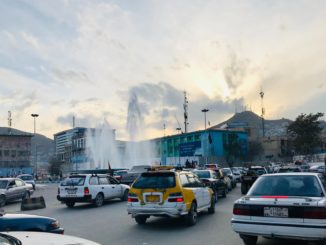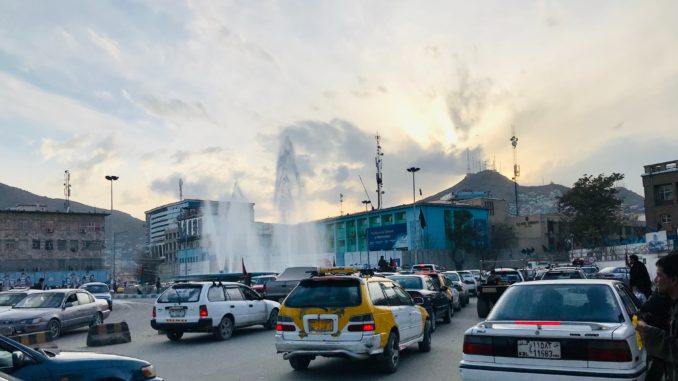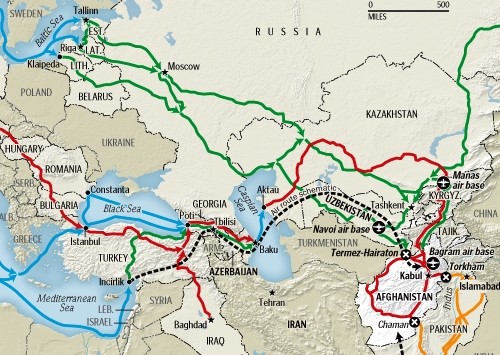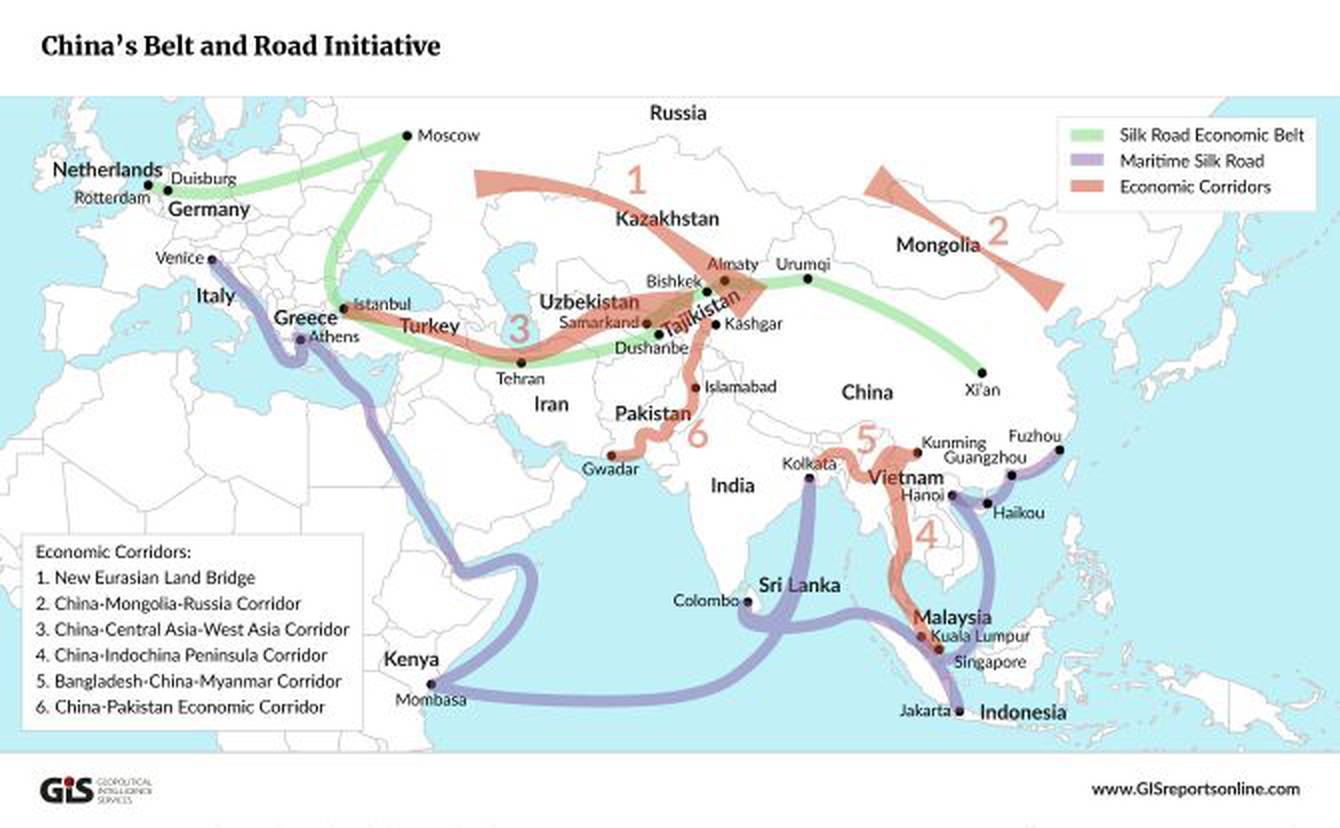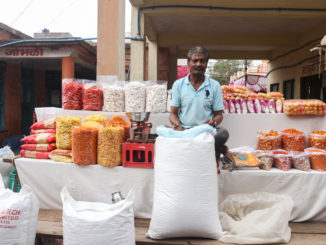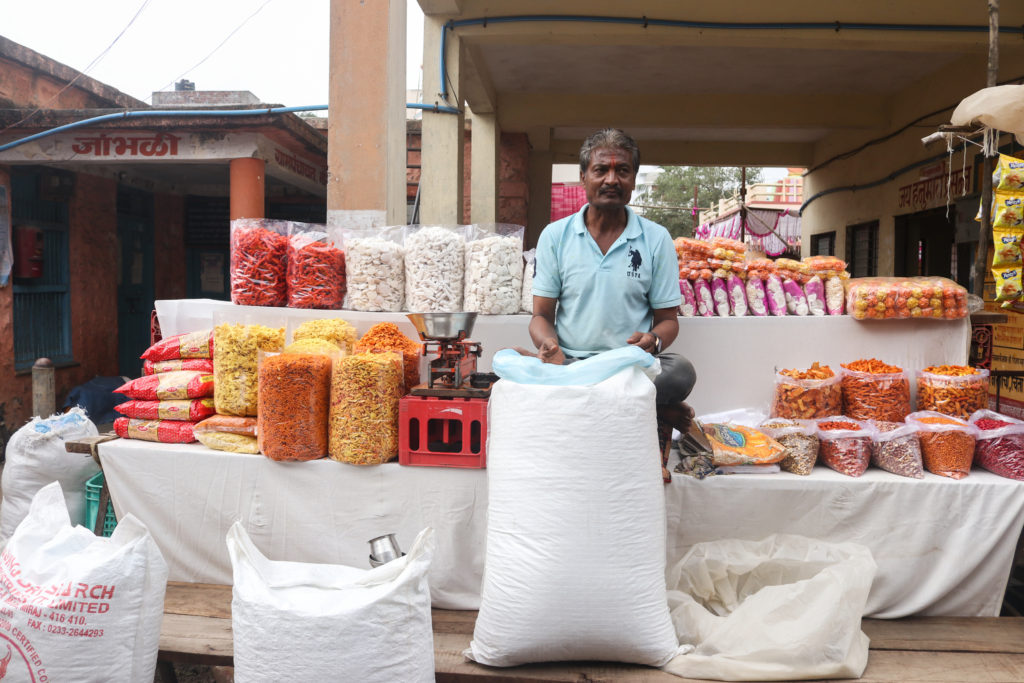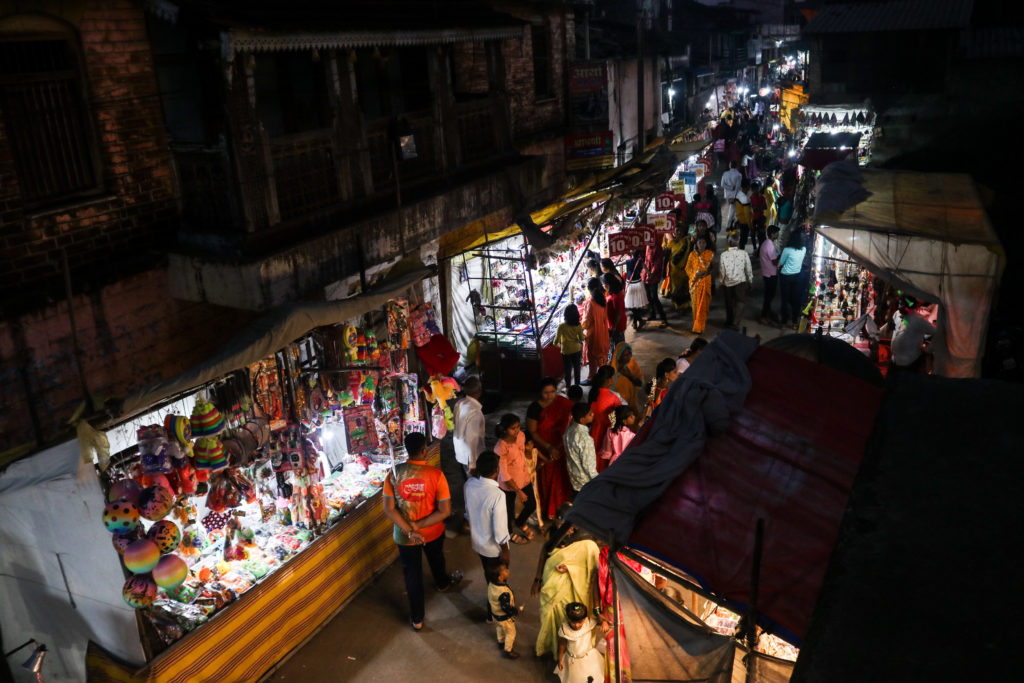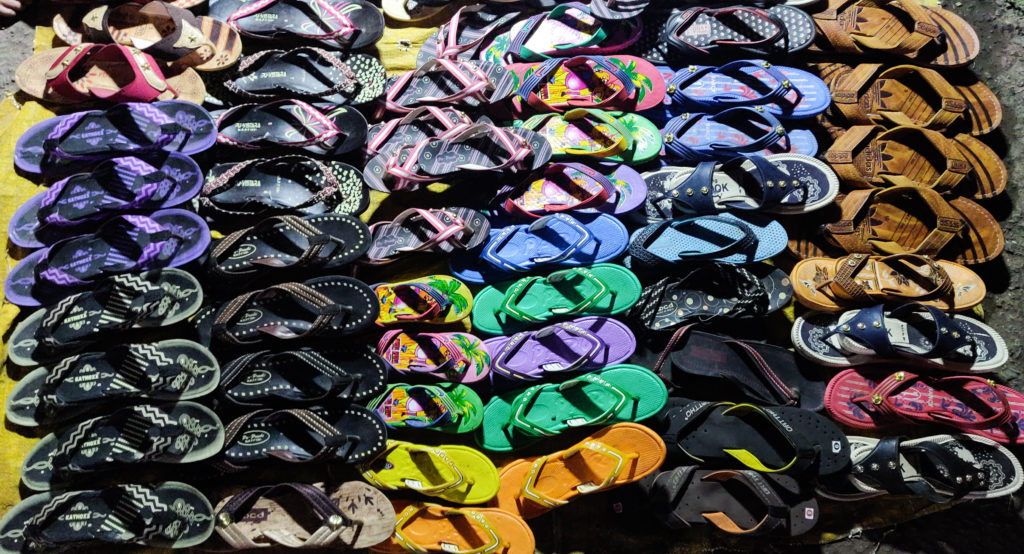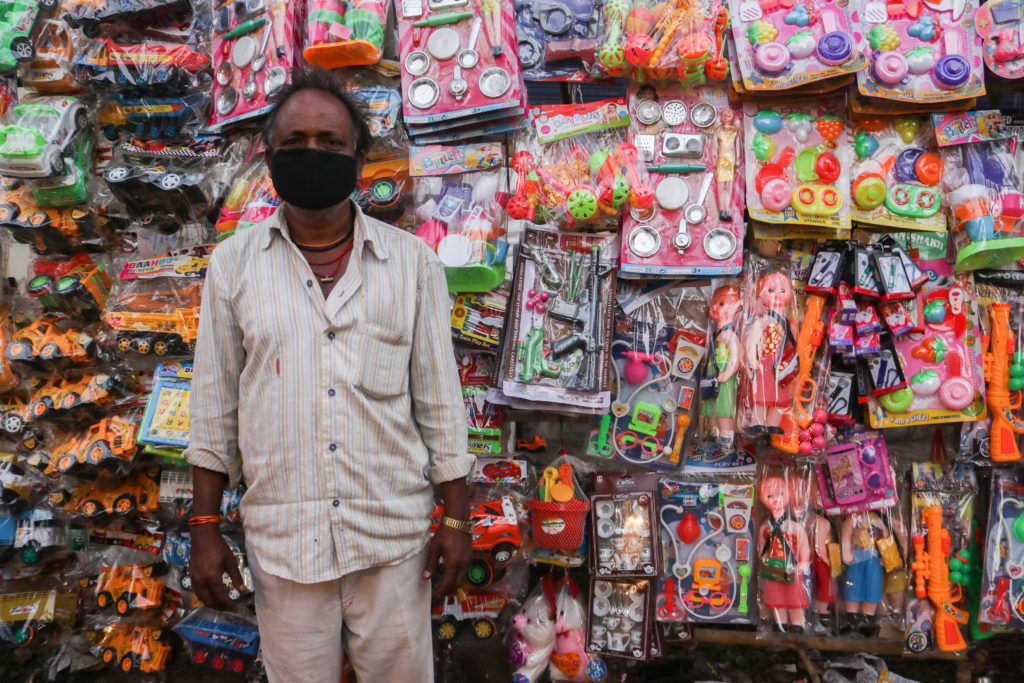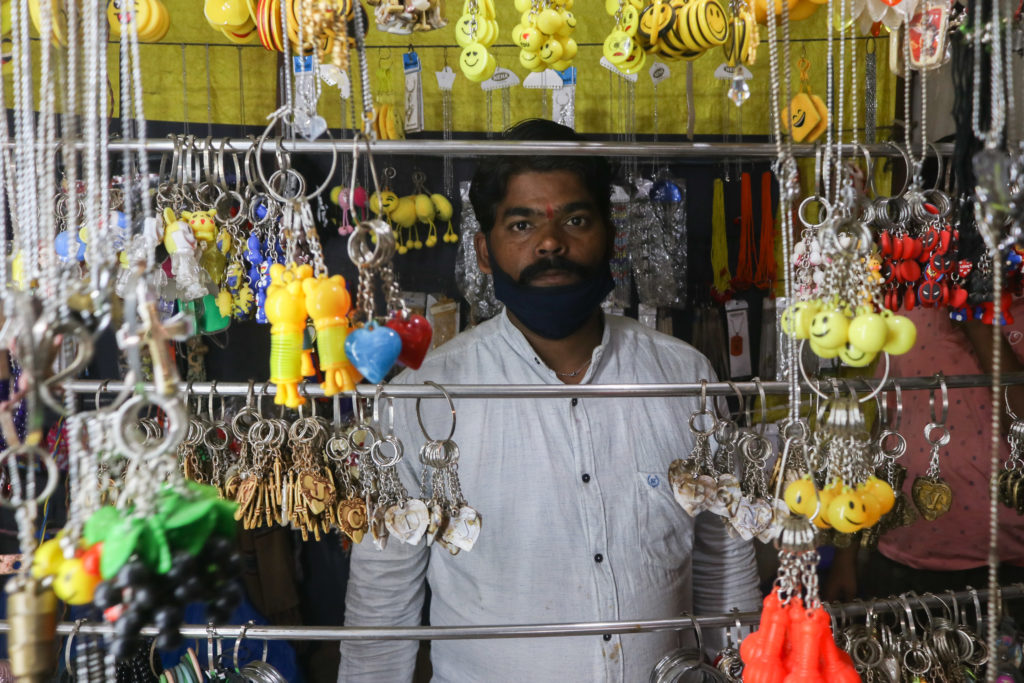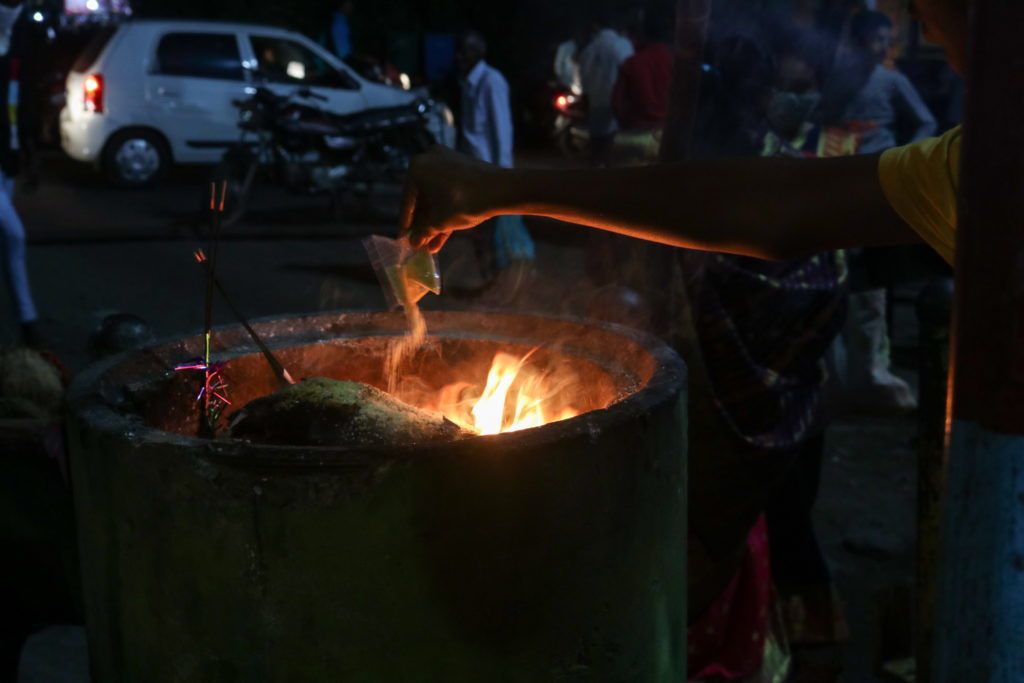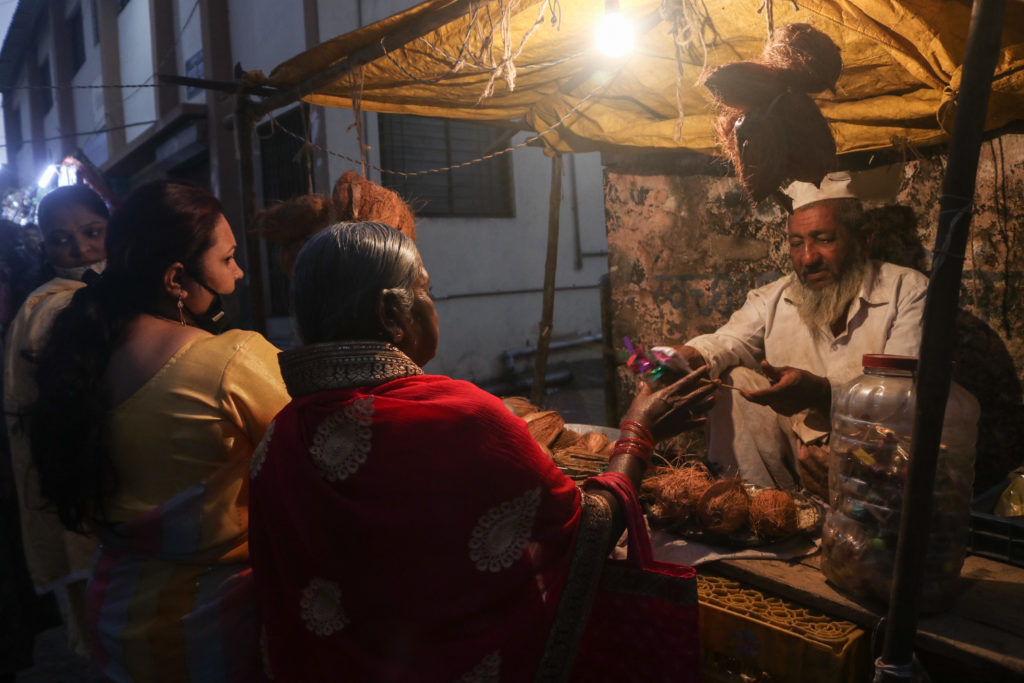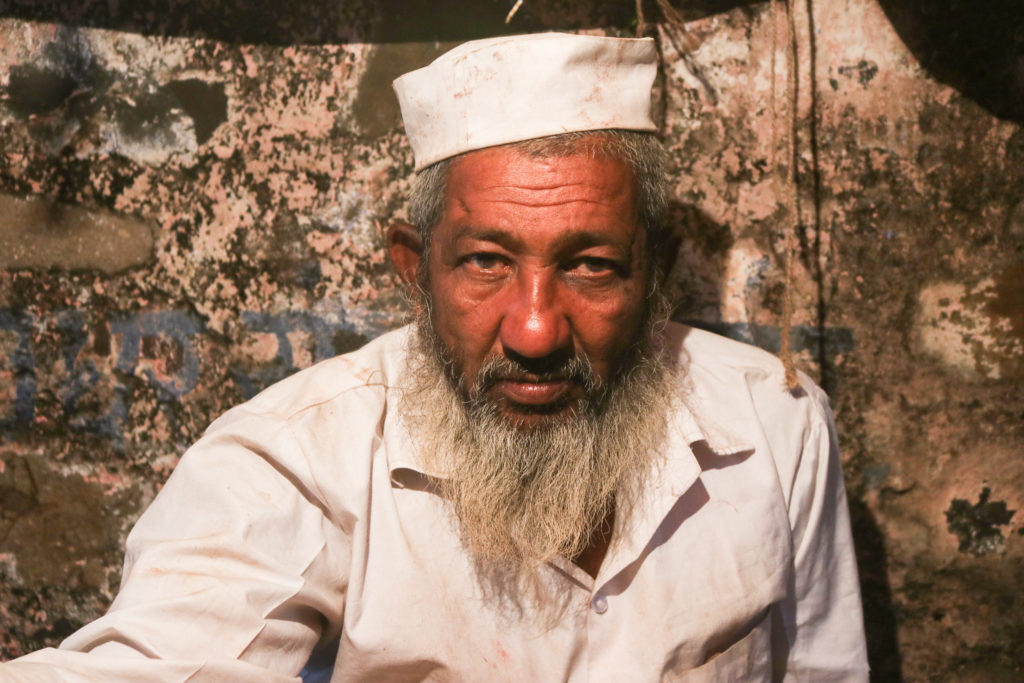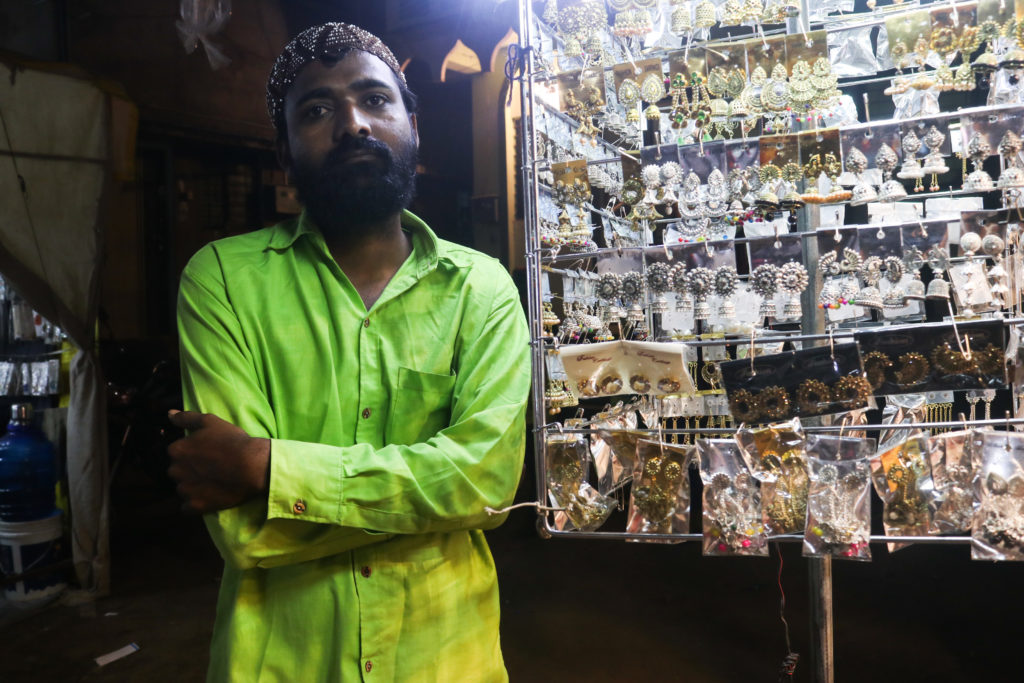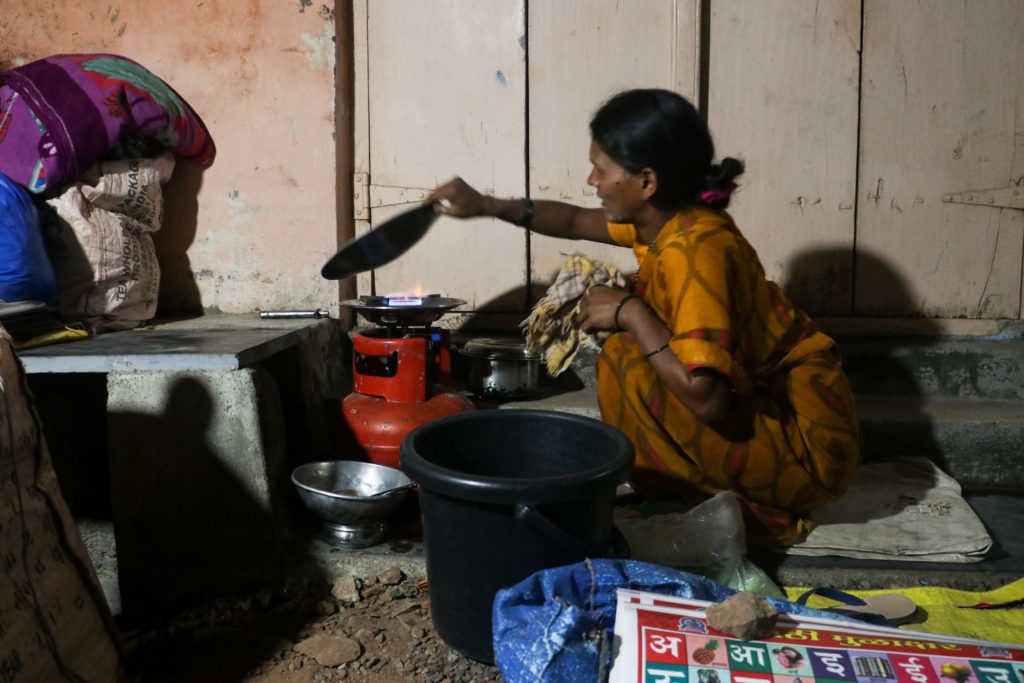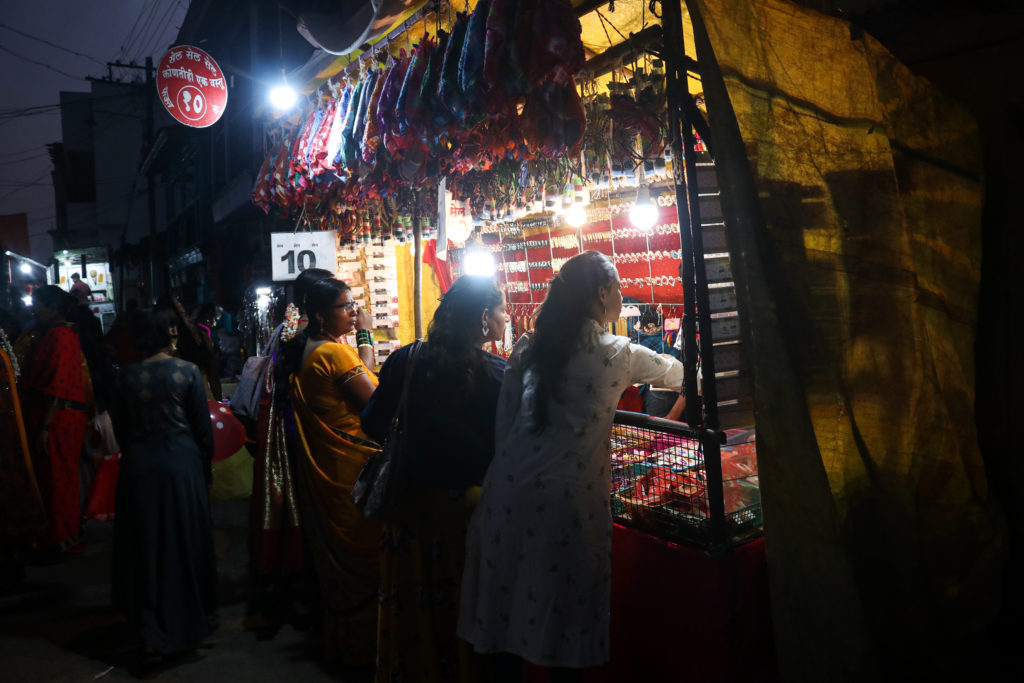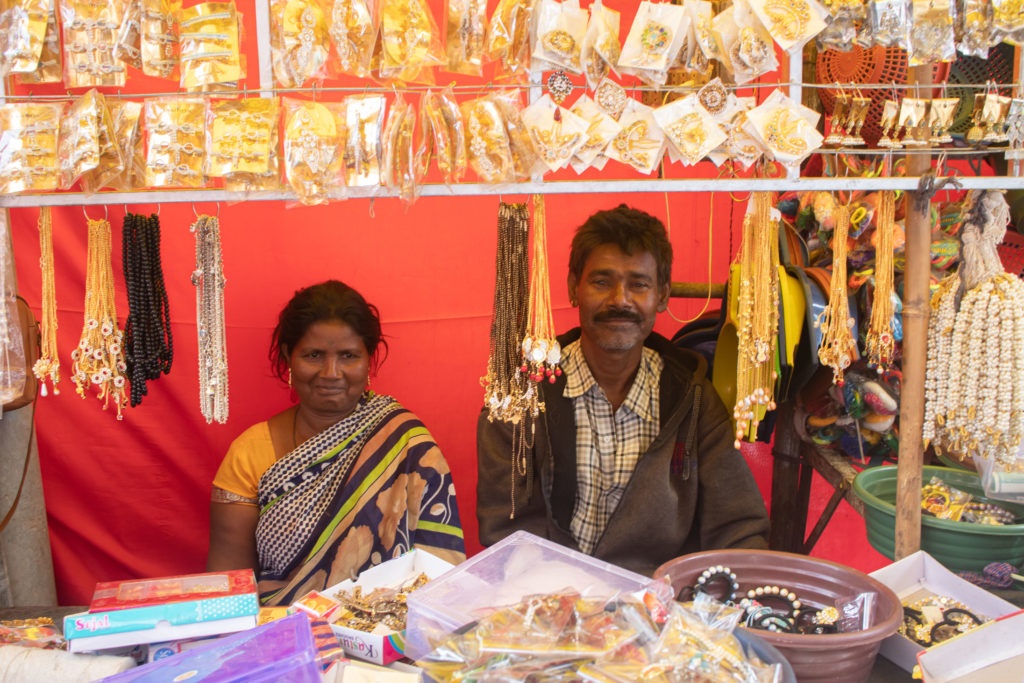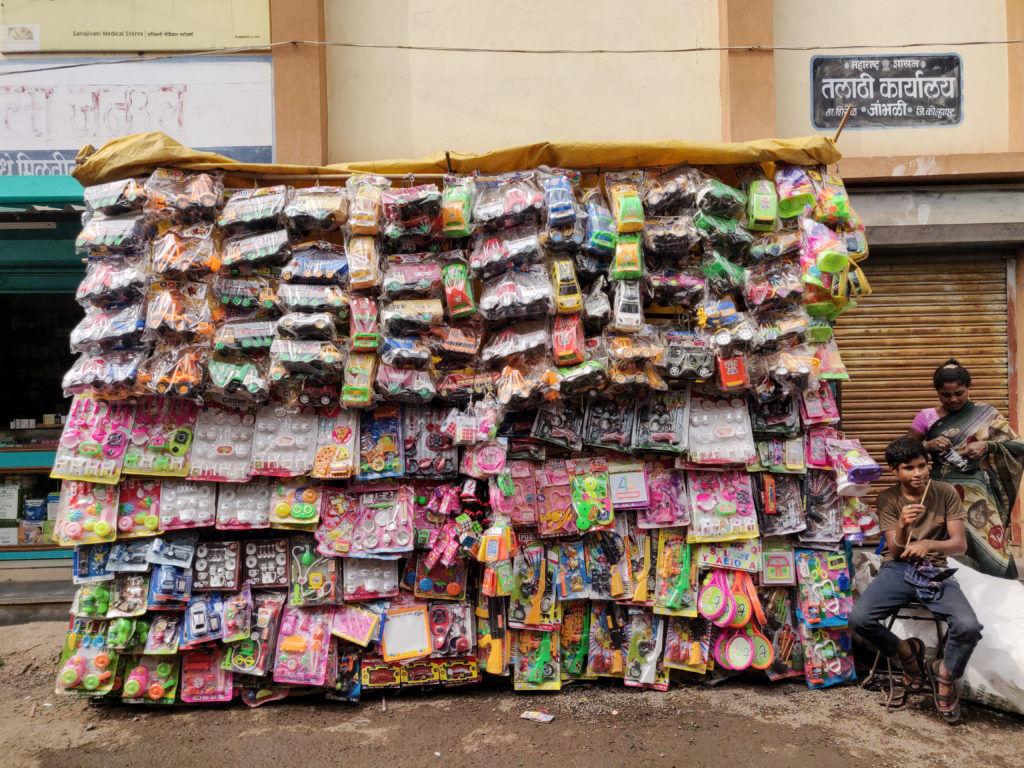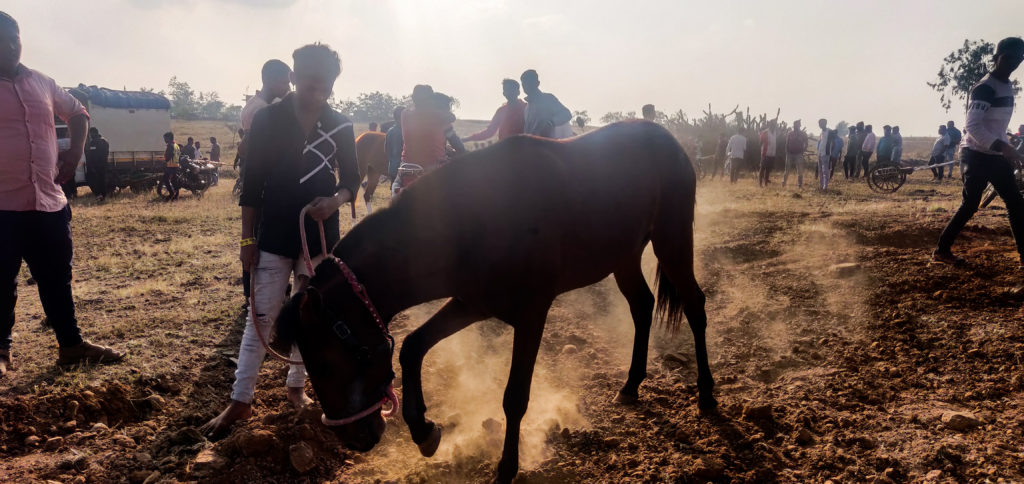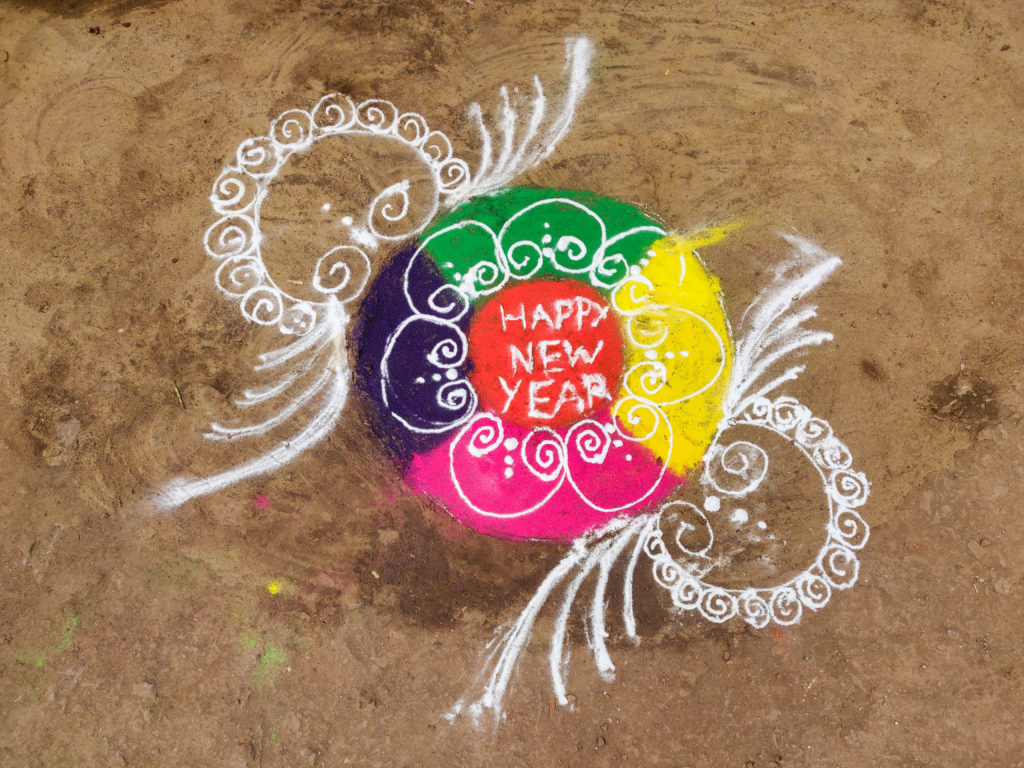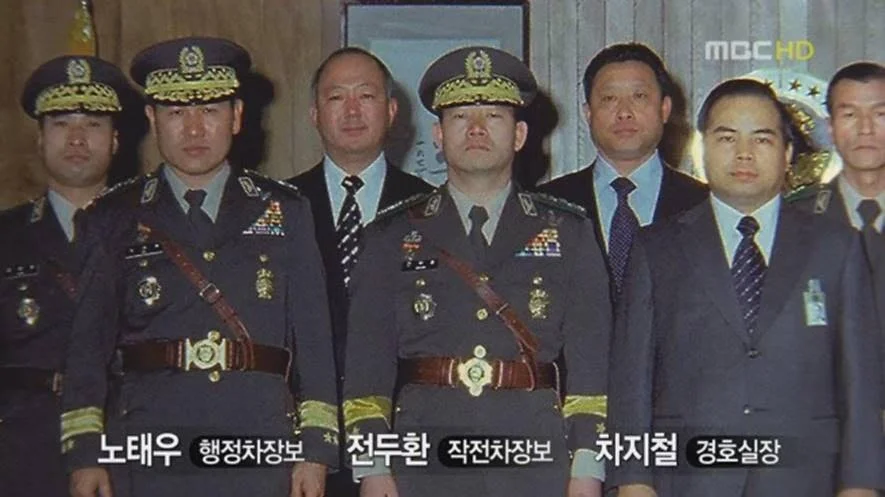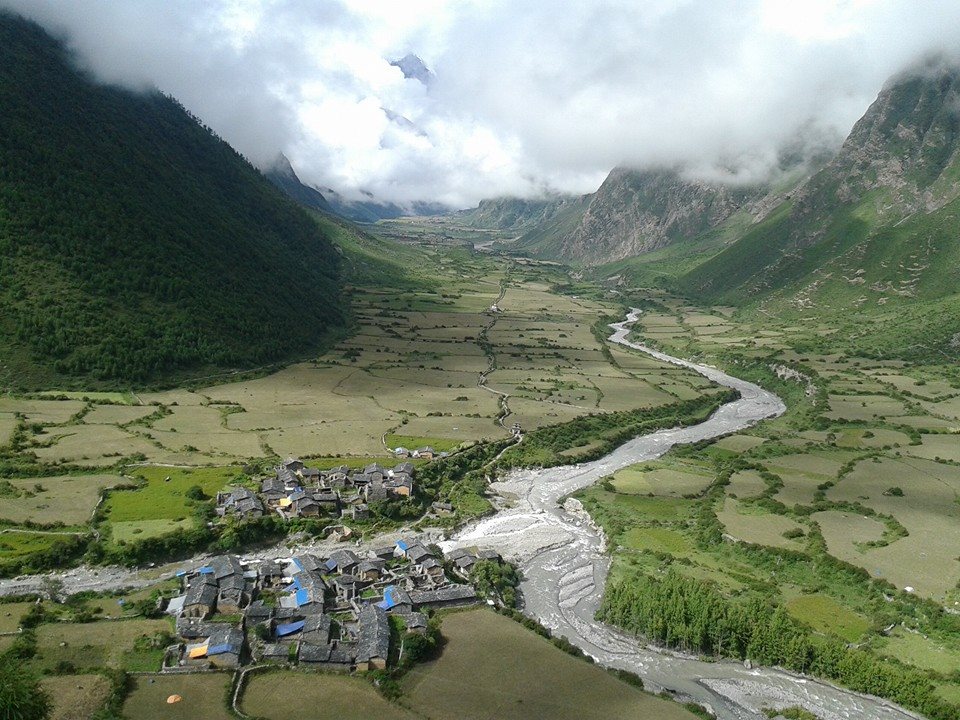
The practice of “thengapalli” has helped one forest in India.
Groups of 4 or 5 women have taken turns carrying wooden sticks to guard their community forest against theft and poaching. This practice has helped the once-devastated forest in the state of Odisha to regenerate.
“Nature is the source of identity, culture, language, tradition and livelihood for an Indigenous community and, thus, they have been protecting it,” said Archana Soreng, an Indigenous activist and researcher from Odisha. “Unlike how the contemporary development framework sees nature as a commercial entity.”
A new report more than 20 Asian Indigenous organizations have authored warns Western conservation models governments and organizations worldwide have adopted threaten the rights of Indigenous communities and local people.
This report, “Reconciling Conservation and Global Biodiversity Goals with Community Land Rights in Asia,” comes ahead of the United Nations Biodiversity Conference. To be held next month in Kunming, China, the conference is expected to adopt the Post-2020 Global Biodiversity Conservation Framework (GBF), which includes placing under protection 30 percent of the world’s land and water by 2030.
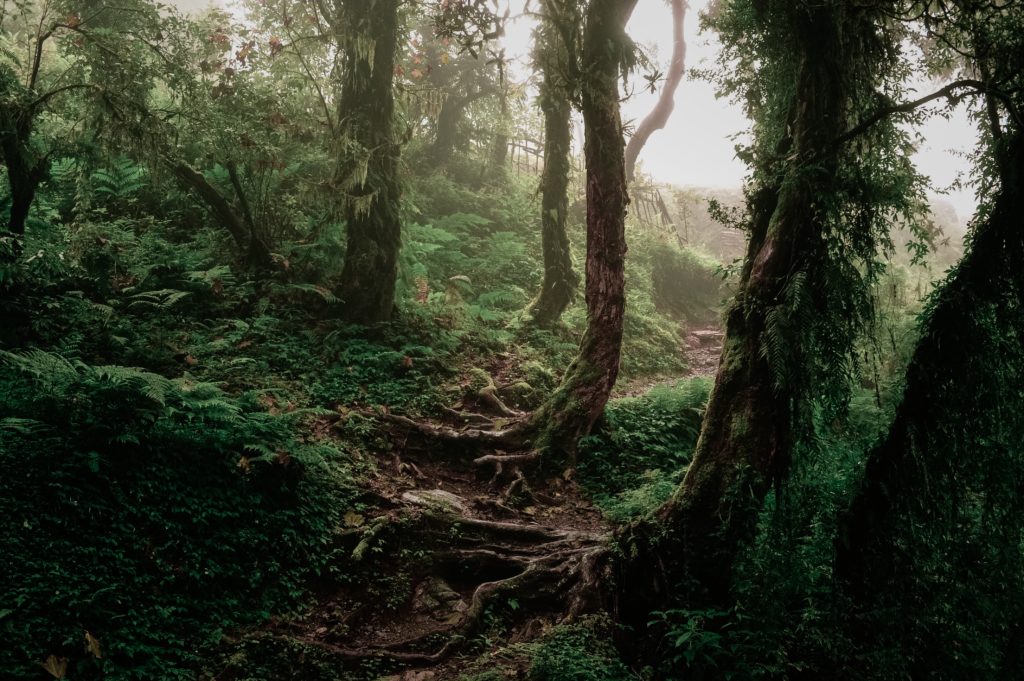
Why Isn’t ‘30 By 30’ Enough?
Posang Dolma Sherpa said such spatial targets are simplistic and do not translate into actual progress.
“For many of the Indigenous peoples and local communities already safeguarding the planet’s natural resources and biodiversity without outside help, the catchphrase ‘30 by 30’ belies the many complex considerations required to ensure truly sustainable conservation,” said Sherpa, executive director of the Centre for Indigenous Peoples and Research and Development (CIPRED), based in Kathmandu, Nepal.
As an example, she explained that in Nepal, generations of Indigenous customary institutions and self-governance systems that contributed to sustainable management of biodiversity and ecosystem were ignored. Instead, new land and forest management processes were superimposed, causing injustices and marginalization that exacerbated the issues that were meant to be rectified.
“When countries gather in Kunming in April to finalize the post-2020 Biodiversity Framework, it is imperative that the draft targets are modified to explicitly recognize human rights-based approaches to conservation on a global scale,” she added.
Sherpa said this can be done by:
- Changing Target 2 in the framework to include the appropriate territories of Indigenous Peoples and local communities and their right to Free, Prior and Informed Consent (FPIC);
- changing Target 3 to include the appropriate territories of Indigenous peoples and local communities, the equitable governance of these territories and resources, and their appropriate legal recognition within the target;
- including the “devolution of authority and broad-based alliances with Indigenous peoples and local communities” within the GBF’s enabling conditions, paragraph 17; and
- ensuring a due diligence mechanism and an accountability process.
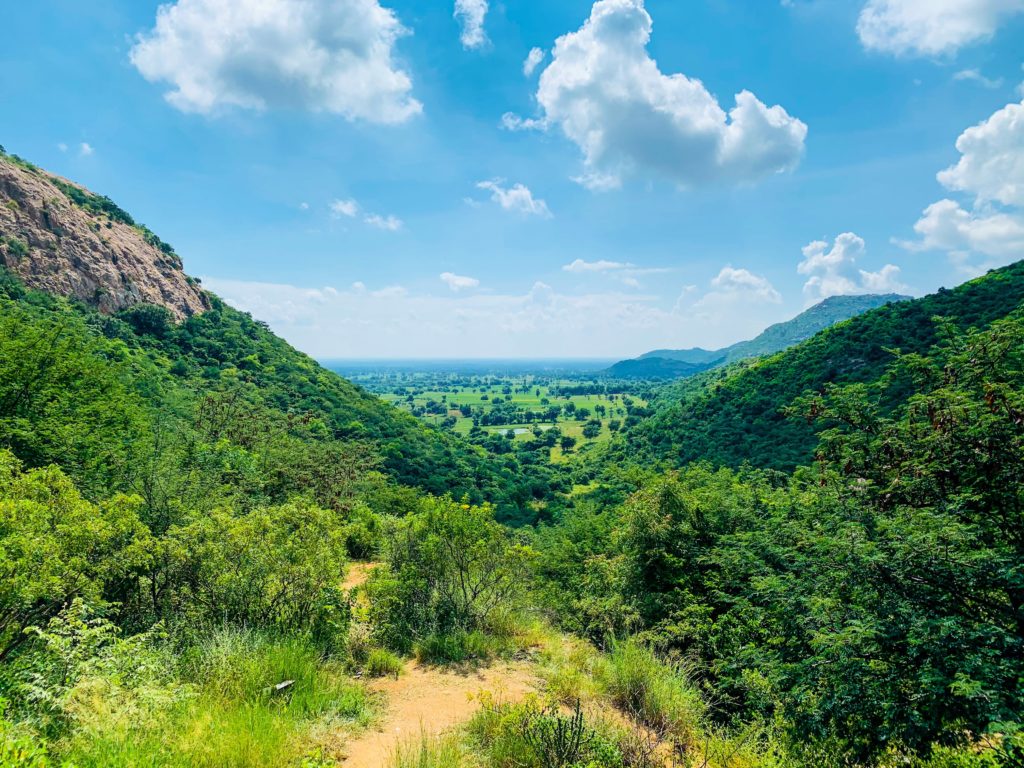
Living In Constant Fear of Evictions
A huge gap exists in the recognition and legal status of tenure rights. Between 1.65 billion to 1.87 billion Indigenous peoples and local communities live in important biodiversity conservation areas globally, but legally own only 10 percent of the lands they customarily manage.
Sherpa said for the GBF to achieve its goals for a better and harmonious future, it must support and initiate drastic transformations that facilitate environmental and social justice. “Failing to uphold international standards of human rights or erect due diligence mechanisms to ensure human rights are being implemented will only enable the continuation of the same processes that are destroying the environment and causing human rights violations at the same time.”

Already, several communities have lost access to local, ecological and cultural resources, and have undergone trauma due to eviction. In many areas, their rights are still not recognized. Even when legal rights are afforded, such as India’s 2006 Forest Rights Act, many of these rights are subverted. During the 2020 lockdown, land belonging to tribes in the states of Telangana and Odisha were reportedly grabbed under the pretext of afforestation.
Neither the forest departments of the Indian government nor the Odisha state responded to this reporter, as of press time. The Indian Ministry of Tribal Affairs also did not reply.
Prudhviraj Rupavath, researcher with New Delhi-based data research agency Land Conflict Watch, who contributed to the report, said many Indian states have neglected to implement the Forest Rights Act. “Awaiting legal titles for their cultivating land, indigenous people are constantly living with the fear of evictions.” He added that though Indigenous communities help protect and restore forests, Indian state governments are prioritizing displacing people rather than securing tenure rights.
Aside from being an Indigenous activist and researcher, Soreng is a member of the UN Secretary General’s Youth Advisory Group on Climate Change. She said when an Indigenous community is displaced, they lose their identity, culture, language, and traditional knowledge and practices of forest conservation. That makes not only the humans, but the ecosystem, vulnerable to the climate crisis.
Soreng added Indigenous communities have been using twigs to brush teeth, and building dining plates, mats, chairs, and small tables using leaves.
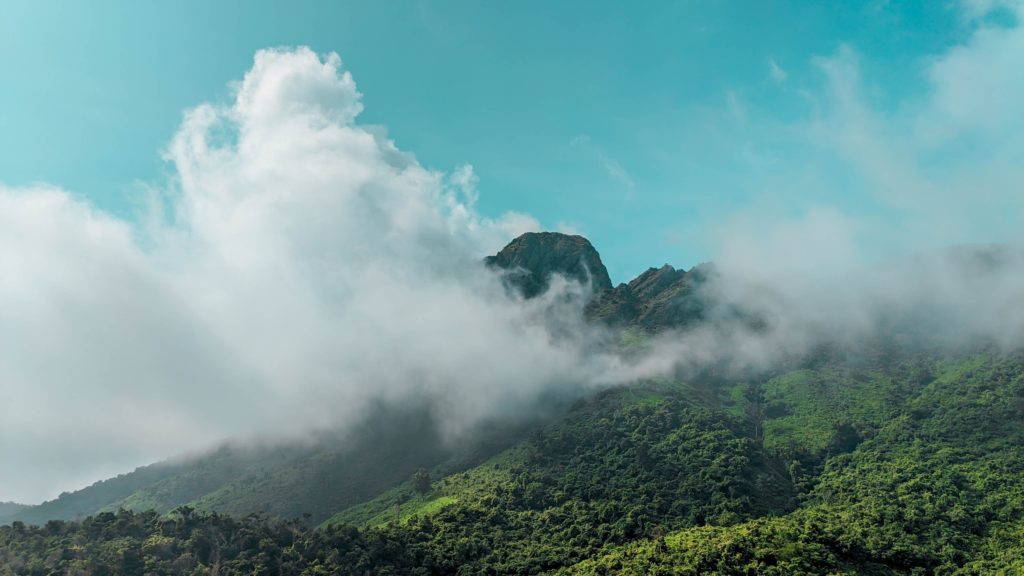
Moving Toward Collective Ownership
The increasing focus on commodity-driven development threatens one-quarter of Indigenous peoples’ land, according to the report.
“Due to a systemic lack of formal legal recognition, the lands customarily occupied and owned by Indigenous peoples and local communities are seen as ‘available’ or property of the government,” said Thomas Worsdell, editor of the report.
In India, several large areas are classified as wastelands although they customarily belong to tribal communities. This opens them to environmentally destructive industries and human rights abuses, he said.
“Examples are the coal sector in India and the fossil fuel industry, more broadly, agricultural expansion (e.g., palm oil), mining, renewable energy (hydroelectric dams and wind turbines) and even the carbon offsets market,” Worsdell told Toward Freedom. “These industries are expanding into the lands and territories of Indigenous peoples and local communities who do not have collective ownership.”
These threats on territories are often encouraged and even enabled by the state, he added. In Indonesia, the recent Omnibus bill was enacted to attract business investments, but weakened both environmental and human rights protections.
To prevent these threats, the report states governments should embrace human rights-based strategies, and recognize the land, forest, water, and territorial rights of Indigenous peoples and local communities.
Worsdell said supporting Indigenous and local movements is key to creating legal transformations at the national level that support capacity and funds. Capacity in this instance can include trainings, workshops, supporting knowledge sharing, participatory mapping, among other steps to ensure the human rights of Indigenous and local peoples are upheld.
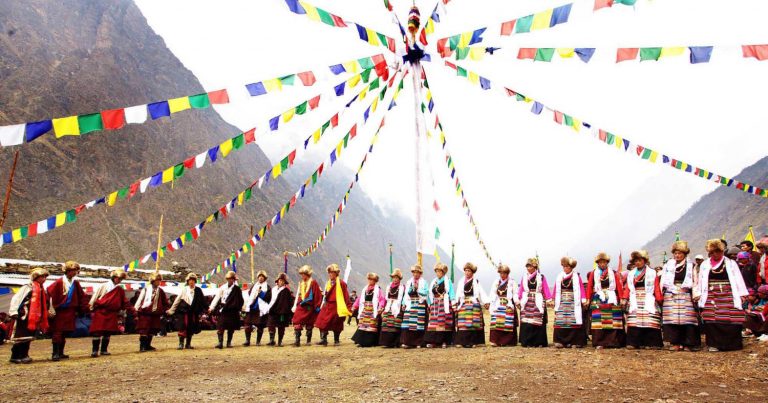
‘Why Have We Lost What Was Ours?’
Indigenous and local community organizations are already providing solutions for human rights-based approaches. They have proposed laws and amendments, created the frameworks for nationally recognized Indigenous institutions and agencies, and are conducting research that proves the environmental benefits of human rights-based conservation.
For example, the Tsumba and Nubriba Indigenous groups in Nepal renewed in 2012 the practice of a Shagya (non-violence) customary institution to protect nature, biodiversity and their cultures. This practice involves the establishment of a committee made up of representatives from 10 villages to ensure no killing, hunting, harvesting of wild honey, forest fires, flesh trading, trapping and sale of animals, and trading of domestic animals take place during various timeframes.
Worsdell said, however, this practice lacks legal recognition, which is often the case in many Asian countries, where the legal climate does not favor human rights-based approaches to conservation.
“Governments must first recognize Indigenous identities, bring an immediate end to criminalizing and killing of Indigenous peoples and local communities defending their lands, and put in place a national accountability and reparation mechanism for past and present human rights violations,” Worsdell explained.
He said Indigenous peoples must have a seat at the decision-making table as leaders instead of as symbolic representations. He added governments must endorse and commit to the ‘Land Rights Standard,’ a set of emerging best practices for recognizing Indigenous peoples’ and local communities’ land and resource rights in landscape restoration, management, conservation, climate action, and development projects.
A song created by groups of Indigenous people aptly captures the essence of the report:
“…Nature was taken from Indigenous people again and again, betrayed, they lost their forest wealth. We had knowledge of the forest then, why have we lost the knowledge now. Indigenous people lived with freedom in the forests, today we are oppressed by the ruling class. We used to have everything, Now, why have we lost what was ours…”
Deepa Padmanaban is a Bangalore, India-based freelance journalist, who writes about the environment, conservation and climate change. She can be followed on Twitter at @deepa_padma.

